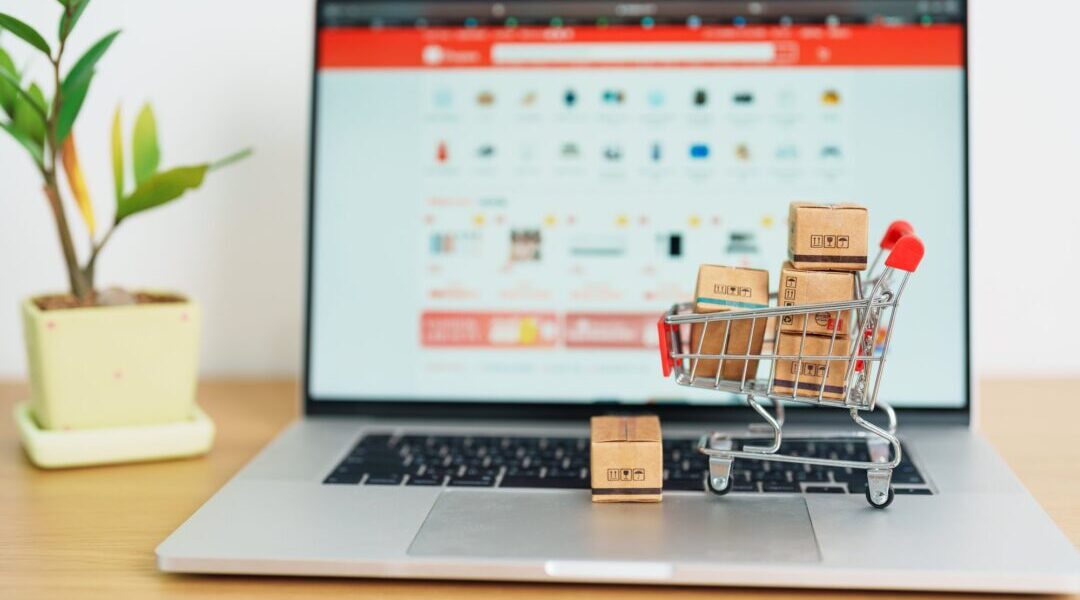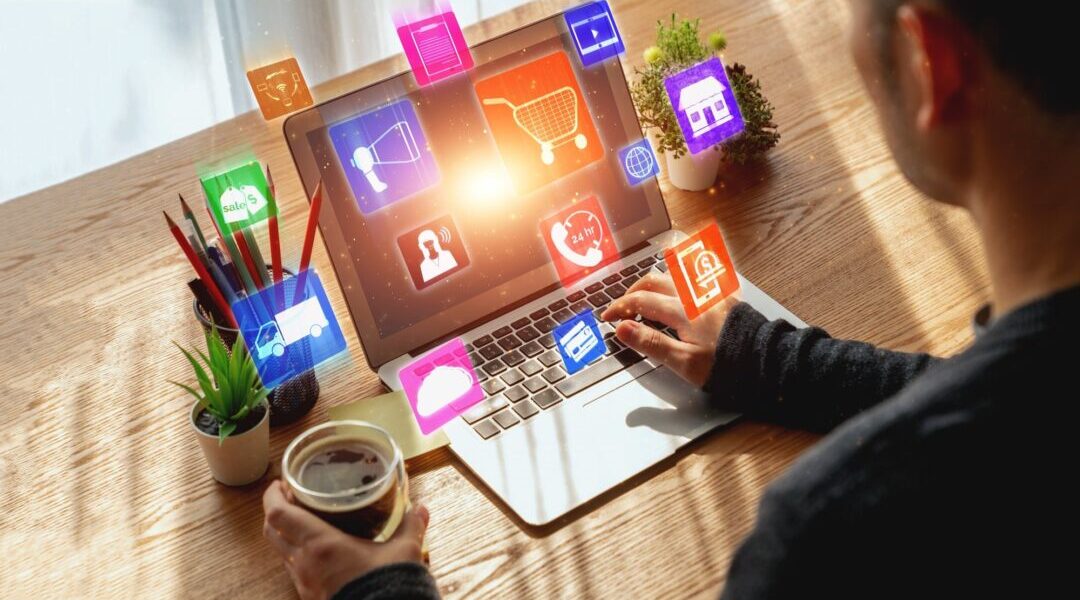It is no secret that great customer experience goes a long way in the long-term success of any B2B or B2C business. But are you aware of the magnitude this impact this has on your bottom line?
Studies show 89% of companies that make customer experience a top priority in their business perform better financially than their competitors. Additionally, high-growth companies are nearly 2.5 times more likely than their lower-growth counterparts to ensure that they resolve all customer queries.
Enhancing your customer service quality may seem like a frivolous upfront cost at first glance. However, customers are more than willing to pay extra for the guarantee of prompt, customized care.
Excellent service warrants a premium cost. In fact, an exceptional B2B customer experience can lead to a 16% premium on service and products. What’s more, 63% of customers say that when they truly value a product, they’re more open to sharing their data for it—the true test of loyalty.
This brand loyalty means your clients won’t go looking for alternative suppliers—which is an immeasurable value—considering the wide array of options shoppers have in the B2B eCommerce era. Therefore, it is no surprise that companies implementing innovative customer experience (CX) strategies are three times more likely to surpass their business goals.
Regardless how stellar your product or service is, if you lack quality customer service you are kneecapping your potential for long-term success. Infusing core B2B customer experience elements into your strategy can help you prevent a service disconnect.
Give your employees the tools they need to create better CX—for benefit of both you and your customers—and consider how your company can implement or enhance the following elements of B2B customer experience.
1. Developing a Customer-Centric Approach
Although you are dealing with a business, it is important to remember that the deciding factor behind any business decision is a person. Treating your business customers as valued partners rather than another number in your system can do a lot more for your bottom line than you might think.
It all comes down to brand loyalty. Although this also depends on other factors, such as pricing and consumer demand, a significant way to build loyalty with your B2B customers is by fostering meaningful relationships. There are a number of simple-yet-effective ways to do this:
- Tailor your web store to open with a friendly, unique greeting—add your client’s name for a personalized ordering experience
- Show products or services that are relevant to your customer
- Send clients a note or gift to wish them well on achieving business or personal milestones, and to thank them for their continued support
- Use templates sparingly—customers know when they are receiving a ‘one-size-fits-all’ response.
- When customers have a problem, try to understand where they are coming from and allow them to feel heard even if you don’t agree
- Communicate honestly, and don’t make promises you can’t keep

You can implement effective personalization touches by using data obtained from customer behaviors. Quantitative behavioral data, for example, will give you insight into average purchase values, customer purchase patterns, and cart abandonment statistics.
On the other hand, qualitative data, can help you evaluate user frustration by noticing repetitive clicking, scrolling, and mouse actions. You can email a client about an abandoned cart, offering assistance if needed.
A customer-centric approach builds mutual respect and loyalty that can positively snowball into more referrals and increased long-term customers.
2. Prioritizing Customers’ Time
The easiest way to lose a customer is by disregarding their time. Slow websites, slow service, and slow response rates all give your customer the chance (and incentive) to drift away to competitors. If your competitor is faster at responding than you are, you’re going to lose. It’s as simple as that.
Efficiency and time savings in the buying process can have an even bigger influence on B2B customer loyalty than straightforward cost reduction. As previously mentioned, many buyers are willing to pay a little more for an efficient service. Time is money. Save your customers time by implementing the following strategies:
Improve Website Loading Time
Customers don’t have the patience to sit around waiting for your web page to slowly load. If they can’t get what they want right away from you, they’ll find someone else. Latency is the number one reason consumers in the US abandon sites. In fact, 70% of consumers admit that page speed impacts their willingness to buy from an online retailer.
Create a 24/7—Everything B2B Customer Experience
Globalization and remote work already stretch the capabilities of your work hours. Teams can operate across time zones, and work differently than the standard 9-5 operating hours.
Keeping up with these trends means giving customers true 24/7 service. Ensure they can access what they need, when they need it, through an online customer platform that is accessible around the clock. Automating the purchase process can also allow customers to place and finalize orders after-hours with immediate confirmation receipts.

Leverage Technology
New technology allows you to synchronize the entire B2B customer lifecycle—from inquiries and orders to payments, inventory, and delivery— thus, streamlining and optimizing service. In addition, automating certain tasks frees up your team to focus on faster query response and resolution, as well as investing in relationship-building interactions.
Often, even if a problem does arise, a customer will be happy to continue working with your company as long as you attend to the matter in a prompt, efficient manner. Problems that are not resolved quickly or with a helpful attitude are what send your customer searching for greener pastures.
3. Staying Consistent
Omnichannel, brand, and service consistency are key across all stages of the buyer lifecycle. Studies have shown that when brands are consistent with their messages and service, their revenue increased by 10-20%.
Establishing a trustworthy brand to retain long-term customer loyalty requires consistent brand messages across all channels, from all departments, in all communications, throughout the entire purchase process.
Needless to say, this isn’t an easy task. Consider all the various departments, people, and communication channels involved in a single transaction. However with conscientious guidelines, tech automation, and full-circle purchase process integrations, you can achieve this.
Set Branding and Service Guidelines
These guidelines should include details about how to respond to client queries, tone of voice, general resolution procedures, and preferred professional terms. Every enterprise should have this outlined for staff in all departments. Whether it be in eCommerce design, marketing, direct customer communication, or account resolution, staff need to integrate these standards every step of the way when representing the company.
Educate Employees
There is no ‘I’ in ‘team.’ Everyone needs to be on board, and it’s your job to ensure they are. Provide your employees with a masterclass detailing everything from core values and customer service standards, to tone of voice, social media behavior, and website content. Training covering how to handle customer issues is also important.
Ensure that guidelines are accessible to employees to reference at any time. Your team can only uphold customer service consistently when they understand the company standards.
Provide Employees with Resources to Create an Outstanding B2B Customer Experience
To keep customer communication consistent across channels, employees need access to resources that specify the details. When running a promotion, for example, make sure the social media, eCommerce site, accounts, and sales teams are all in sync. A customer should receive the exact same answer regardless of the channel they contact you on.
If you advertise free shipping on social media, but your eCommerce site adds a shipping fee, you immediately lose credibility and frustrate your client. Avoid confusing customers by keeping your brand, tone, and service consistent.
Choose a few strategic channels for your business and master them. Optimize your service on the chosen platforms for consistent customer support.
Pre- and Post-Sales Care
A major pain point for many B2C and B2B customers is the lack of consistency between pre-sales and post-sales service. Often, customers only receive great service until the sale is made. Once the deal is clinched, their service quality suddenly drops from hero to zero.
In the eyes of many customers, you are only as good as your last interaction. If someone else is offering a better customer experience, your clientele may have no reason to stick around with you. This applies to B2B just as much as B2C. Behind every business purchasing from you is a person who wants to feel a connection to your brand.
Inconsistency breaks trust and results in customers questioning your motives and alignment. Why are things different? Is the brand changing? Will my business be affected? Will pricing and service be affected? Can I still trust them?
4. Providing for Your Target Market’s Exact Needs
A top-notch service experience plan that doesn’t relate to your customers’ needs, won’t sell. In order to design a relevant, high-quality service model, you must identify who your target market is, their current needs, and anticipate future requirements.
Once you understand what motivates customers to make a purchase, you can structure your marketing plan around meeting customers where they’re at.

A large part of customer analysis involves establishing your customers' primary and secondary priorities. This can include factors like:
- The price range of products—luxury items, lower-cost items, or a mix of both
- Customer locations and related logistical requirements
- Buying behavior, including whether orders are consistent, seasonal fluctuation, and whether loyalty programs or quantity discounts are a draw
In addition to adapting your offering to meet customer requirements, you must educate them on your products, services, and factors that make you unique. Tap into decision-drivers behind purchases such as quality, price, urgency, accessibility to alternative choices, relationships, and customer loyalty.
Smart merchandising tactics offer an easy solution to the relevance problem. Combing through data to see what products resonate with customers, and then arranging your products, categories, and recommendations accordingly, can make customers feel like your site is paying attention to them. If a customer searches for brake pads, it would make sense to recommend brake-related items, rather than transmission or steering products.
Make a clear connection between decision-drivers, your customer needs, and the solutions you offer.
5. Creating Simple, Seamless Interactions
Ecommerce is no longer just a B2C purchase model. In fact, it’s now the number one purchasing channel for B2B purchasers. More than 50% of professional buyers use B2B eCommerce to place orders. In addition, almost 90% of buyers use online channels to research and search for new suppliers.
Today, every business has a website, a contact page, and a ‘Request Quote’ button. Companies that understand customer needs and use technology tools to best meet these needs are the ones who will grow the fastest.
The easier your process is to understand, navigate, and engage with, the more likely customers are to select your service. In contrast, the more complicated navigation and ordering processes are, the more likely customers will be to abandon their purchase. Easy one-click checkouts, accessible support, and a no fluff, no-hassle process all contribute to a user-friendly service, enhancing B2B customer experience.
6. Adding No Hidden—Anything
While frequent communication between you, your target audience, and existing customer base is important, transparent communication is even more vital. Hiding fees from customers in small print may allow you to get away with a once-off sale, but it is also a guaranteed way to lose repeat business.
B2B buyers are professionals who have done their homework. Don’t try to outsmart them. Communicate accurate pricing breakdowns, additional fees, and honestly answer their queries. If there are any special terms and conditions to qualify for discounts or promotions, mention them.

Clients can understand that sometimes things sometimes go wrong, as long you apologize and set about fixing the problem with urgency. If you are not transparent about delayed deliveries, stock issues, or price increases, you risk losing a customer for life. And not only can you lose a single customer—word can spread through your industry and your damaged reputation may trickle down to other clients.
Therefore, when setting up your B2B eCommerce site, it is imperative you:
- Clearly and accurately state pricing and checkout information
- Specify shipping terms and costs
- Contact your customer without delay if there are any order setbacks
- Offer access to inventory levels in real-time
- Keep customers abreast of their order status
- Offer tracking capabilities for items that require long-distance shipping
Enhance B2B Customer Experience with The Right Solution
It is estimated that improvements in customer experience can result in a 10 to 15% reduction in customer churn, and a 50% reduction in customer service costs. This makes sense—if there are fewer problems to begin with, fewer resources are required to solve them. These trimmed expenditures may include service staff costs, extra time spent problem-solving, money lost due to returns, clientele lost in the process, and additional operating and communication costs—among other things.
Applying these six core elements of customer service is, therefore, a no-brainer for any company aiming for success. Raising the bar on your service excellence can help you stand out from your competitors.

Of course, retooling your entire customer experience strategy is a lot of work, and can be daunting to a business who is already at full throttle just focusing on daily operations. If this is a bit overwhelming, consider partnering with an eCommerce solutions provider like Zobrist to streamline and optimize your customer experience. Trusting the creation and refinement of your web channels to professionals ensures the best end product for you, and the best experience for your customer.
Full-Circle B2B eCommerce Solutions
As significantly more B2B businesses bring their brands to eCommerce platforms, being able to reach your target audience with a fast-loading, mobile-friendly, responsive website is a necessity. Luckily, Zobrist offers solutions specifically built for a mobile-first mindset. This mobile shopping solution also offers digital tools for inventory management and fulfillment to streamline operations. With multiple payment options and languages, customer experience is enhanced almost instantly.
Grow your eCommerce platform at your pace from local to a global level. Zobrist’s automation features streamline operations seamlessly, allowing staff to focus on personalization, rather than repetitive manual administration. This freedom from manual processes minimizes shipping and delivery delays and enhances service.
eCommerce Payment Processing
Some considerations when choosing payment processing methods include bank-grade security, nominal fees, minimal delays, and customer convenience. Not having the payment method your customer needs can cost you a sale. When it comes to establishing accepted payment methods, Zobrist will consult with you to implement the most beneficial options for your business.
Common methods such as American Express, Mastercard, and Visa credit cards are convenient enough for most, but many emerging technologies provide cutting-edge security as well as customer and business convenience. PayPal, Bitcoin, and other digital payment methods are also possibilities.
eCommerce Analytics
The ability to access large sets of customer behavior data has allowed companies to adapt their customer experience strategy to maximize efficiency, consistency, personalization, and relevance. Zobrist implements strategic analytic data in their eCommerce development strategies to improve your market approach, inventory design, and speed.
These data points will also help you analyze conversion or abandonment rates, as well as profit margins. This data can also be beneficial in steering the direction of your marketing as you gain insights into which products sell best, which need to be phased out of the catalog, and where discounts can be implemented.
Smart Merchandiser to Enhance the B2B Customer Experience
Finally, Zobrist’s Smart Merchandiser is the secret weapon of eCommerce design. With Smart Merchandiser you can optimize catalog sequencing to strategically boost sales. The tool can increase productivity by as much as 70%, since it simplifies the manual design and ordering process. It can also lead to a 20% revenue boost due to more strategic design placements. The drag-and-drop functionality allows you to arrange products easily or you can sort products utilizing advanced business rules.
Zobrist’s multi-faceted service offers a comprehensive solution to grow your eCommerce presence. Book a demo with Zobrist today, and see how you can optimize your B2B eCommerce customer experience strategy.




